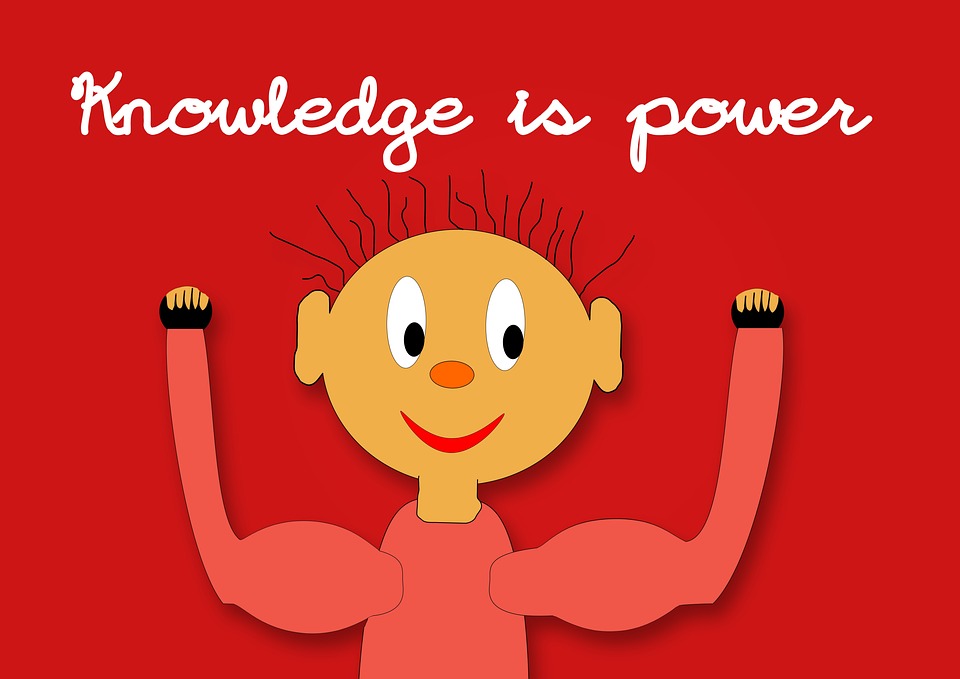Many of us do not know much about nitrogen. We may remember from our school days that the air we breathe is about 80% nitrogen and we may hear the odd gardener talk about getting some nitrogen into the soil. But chances are, after that, we know very little. So where does nitrogen fit into our thinking about a Koi filter and the pond it keeps clean. In fact, it has a lot to do. Of the four basic life cycles, the nitrogen cycle is the most complex. That being the case, we’re not going to bore you with all the little details that we really don’t need to know as we take care of our Koi filter. But a basic understanding of some of the details will help you manage your pond with a much better understanding.
Part of the air we breathe
In the world we live in and in the temperatures that are a part of life on Earth, nitrogen does not interact with common, everyday chemicals. Under these conditions it is considered an inert gas. We breathe it in with every breath we take in.. While we absorb 20% of the oxygen into the bloodstream in our lungs, we do not absorb and do not need the other 80% of the nitrogen that is expelled during exhalation. (However, under extreme pressures, nitrogen can be forced into the bloodstream which is when a diver gets “the bends”).
An essential building block in life
Nitrogen is present in all living things. It forms part of proteins, foods, and other life-sustaining chemicals. However, it does not become part of any organism in its natural state, it must be reduced or “fixed” in order to be useful to plants and animals, usually by bacteria. These bacteria can live freely in the soil and are often associated with roots and leguminous plants. The plants are then able to take in ammonium ions and from these ions are able to form proteins and other compounds that sustain life.
Plants can feed on what is known as nitrates. This is an important factor in understanding the role of nitrogen in animal biology. We will not go into the chemical structure of nitrates except to point out that they obviously have a large component of nitrogen. The ability of plants to absorb this type of nitrogen plays an important role in the role of nitrogen in the living world, and as you will see this is the final stage of the work being done on your Koi filter.
animal biology
Animal biology, which includes our Koi, is based entirely on nitrogen-containing amino acids that are used to build proteins. While introducing plants, fish, and fish food into our Koi pond, we are creating an ecosystem that has at its base the natural nitrogen cycle found in nature. The heart of this ecosystem is your Koi filter.
nitrogen cycle
Let’s follow this into our Koi pond. We feed Koi food that contains proteins and other nitrogen-containing foods. This food is the source of energy for the fish. Fish absorb oxygen from the water and expel carbon dioxide through their gills. However, their organic solid waste which is excreted into the water forms ammonia such as uneaten rotting food, and any other rotting materials such as dead fish or leaves etc. In nature, this is not a problem but in a closed system such as pond tanks, ammonia levels can build up to the point where Koi can die in their own waste. This is where the Koi filter comes into play. Without the filter, the ammonia causes the gills to swell and in time the fish die from lack of oxygen.
Inside the Koi filter
A Koi filter is primarily made of a fibrous material that filters solid matter that is pumped from the pond to the filter and back into the pond. What is often not appreciated is that bacteria thrive on this fibrous material and grow as ammonia levels rise within the pool. After starting the pool filtration system within a few days, the levels of bacteria will grow and feed on the ammonia emitting nitrites. Kits can be purchased to build bacteria levels but colonies will grow normally but a bit slower and let’s face it most are impatient. Nitrites aren’t as harmful to Koi as ammonia but they are bad enough. It is harmful, toxic, and fatal to koi in that it acts on hemoglobin in the blood as it does carbon monoxide in humans.
Testing for the presence of ammonia and nitrites is especially important in the early stages of setting up a Koi pond and operating a Koi filter. You are working to strike a balance in having enough filtration to handle any waste your Koi produce. Behind this natural filtration process are two other issues that although not part of the nitrogen cycle itself are very important if the nitrogen cycle is to continue successfully. Pond water needs adequate oxygen levels and normal pH levels. Bacteria require oxygen to convert ammonia into nitrites and the design of the pond must ensure that enough oxygen is dissolved in the water.
Nitrites and nitrates
Within the ecosystem you’ve built within your pond and filter Koi, another group of bacteria is now doing its work on the nitrites. They also need oxygen. They convert nitrites into nitrates which are nowhere near as toxic to fish as ammonia and nitrites. However, nitrates if allowed to increase in concentration will also prove fatal to Koi. Not only is nitrate testing urgent but it is also easy to test all of these levels at the same time, such as pH, ammonia, nitrites, and nitrates. Until you are satisfied that you have achieved a good balance in your pond, these tests need to be performed on a very regular basis.
Good pool design
Now back to the plant life in your pond. As I said earlier, plants can feed on what are known as nitrates. This is where a good pond design allowed enough plant life to grow to absorb all the nitrates that are produced. Since Koi can be somewhat destructive to plant life, a two-stage pond system is an ideal design feature that allows enough plant life and the nitrate problem is also dealt with. Set up an overhead pond for plants to deal with nitrates. Get a waterfall to provide oxygen as it exposes the water to the air. Your second level can hold Koi along with some plants for shade and tasty food. Pump water from the lower pond through a Koi filter containing all the bacteria into the upper pond and you are creating the perfect ecosystem. The final advantage of this system is the absence of algae. Algae also feed on nitrates, and an excessive amount of algae is a positive indicator of the presence of nitrates. Get this design right and you won’t have to fight algae.
Without enough plant life, which isn’t always possible, you’ll need to get involved in changing some of the water as well on a regular basis. This is another issue and we will not address it in this article except to say that you should not attempt to change large proportions of your pool water at any time and if your water source is city water, you may need to use a dechlorinator depending on the amount of chlorine in your city water.
Your knowledge of nitrogen
Most of us grew up knowing that all animals need air/oxygen to live including fish. We may not have learned the strange ways of the nitrogen cycle. It is not visible but if it does not work in your Koi filter and pond, the Koi will not survive. Nitrogen has a lot to do with your Koi filter! Now you know why you need to test for ammonia, nitrites, and nitrates and monitor the pH while you do it. It would be nice to test for oxygen at this time but this is more difficult. Just make sure there is plenty of ventilation in the pond.
For more information visit www.koihowto.com To learn more about Koi.










Add Comment